
9 minute read
INTRODUCING THE EDGE TRC622 COLOUR TROMMEL
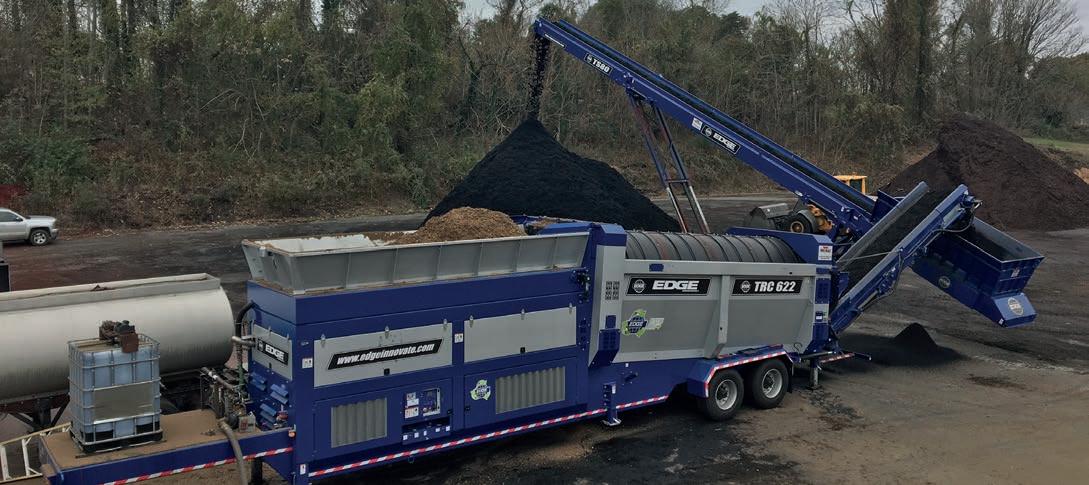
A HIGH CAPACITY, SELF-CONTAINED PORTABLE DYE TROMMEL
Advertisement
Here at EDGE, we have taken our expertise & experience gained through our popular trommel ranges and created a highly efficient, self-contained portable dye trommel that is ideal for those operators seeking a large capacity, colouring solution within the organic industry.
A high quality end product is guaranteed by the TRC622 combining the aggressive force of both a hopper turn-shaft system and trommel drum which ensures an efficient delivery of colourants to the feed material.

Additional features include enhance unit stability via three sets of hydraulic jacklegs as standard. This allows operators to position the TRC622 on uneven, soft terrain. A Hydraulic folding discharge conveyor as standard enables operators to quickly transport the unit to multiply sites.
The EDGE TRC622 incorporates impressive designed features such as a 2m X 6.9m (6’ X 22’) long spiral drum with a material detection system to ensure against colour wastage. A large hopper capacity of 12.6m³ (16.5 yards³) complete with variable speed, forward / reverse feed conveyor and variable drum speed allow the TRC622 to be adjusted to suit various workloads.
With a throughput capacity of up to 500 yards³ per hour; the TRC622 is the ideal solution for satisfying the production demands
OLD PROCESS:
PRODUCT REFERENCE: Customer was using a tub grinder with mill removed and replaced with an auger system to dye mulch
THROUGHPUT: 150 – 200 yards/hr
WORKING HOURS: During peak demand this particular operator was working up to 13-17 hour days to satisfy demands
NEW PROCESS: Grinder replaced with an EDGE TRC622 and material feed using a wheel loader.
THROUGHPUT: Up to 450 yards/hr
WORKING HOURS: Able to meet public demand and still finish processing by 2pm
KEY DESIGN FEATURES:
OPERATIONAL BENEFITS:
• Doubled production rate
• Reduced operating hours
• Reduced diesel consumption
• Reduced laboured costs
• Reduce wear and tear of loader – reduced operating hours
• Reduced wastage of colourant due to material detection system found on the TRC622
Drum Length: 2m X 6.9m (6’ X 22’)
Drum Type: Spiral drum
Hopper Capacity; 2.6m³ (16.5 yards³)
Forward / Reverse Feeder
Variable Speed Feeder
Variable Speed Augur
Rotation: Forward / Reverse Speed: Variable
Hydraulic angle adjustment
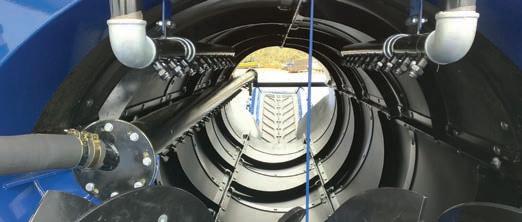
Hydraulic folding for quick transport
Caterpillar Diesel/Hydraulic Powerunit
Fuel consumption: 12-15ltr/hr (3-4USG/hr)
Giving Green Fingers The Edge
For Keith, the biggest challenge was coming to terms with the capital spend and how he would get the best return on investment. He embarked on a process of trialling a number of material classifiers before deciding on the EDGE MC1400, distributed by machinery specialist Focus Enviro, which he had viewed at another customer’s site in Sydney. On top of dealer support, he told Inside Waste value for money and machine design drove his decision.
Rock Solid Investment For Rocky Point Mulch
Two months ago, sugar cane farmer Josh Keith, who also runs Green Fingers Potting Mix and Rocky Point Mulching in Queensland, decided to take control of his growing stockpile of legacy green waste. The decision was not an easy one, considering he’d have to invest in plant he had never used or thought about using before.
Keith has only had his fingers in the composting pie for about three years so it can be said that he’s fairly new to the game. In those three years, Green Fingers, which produces potting mix, compost and soils and supplies them to Rocky Point Mulching for sale to the agricultural sector and nurseries around the country, a legacy pile has occupied the site’s pad.
“The legacy pile was a problem that was building up and the cheapest thing to do was to stockpile it, let it sit on the pad, and not worry about it. But these things catch up with you quickly,” Keith acknowledged. Not only did the stockpile take up valuable real estate, it was costing the company both in the present and the future.
“The large amount of rocks and other plastics that was in our pile has been in circulation so they’ve been going through the composting process for the last three years. What you probably don’t realise is that if we were to pull 5000 tonnes of heavies out of that, it’s 5000 tonnes that we were shifting around on-site every three months - you take it from your oversize fraction, you put it back in, you compost it again, you screen it again, and then you shift it again and you do that four times a year,” Keith said.

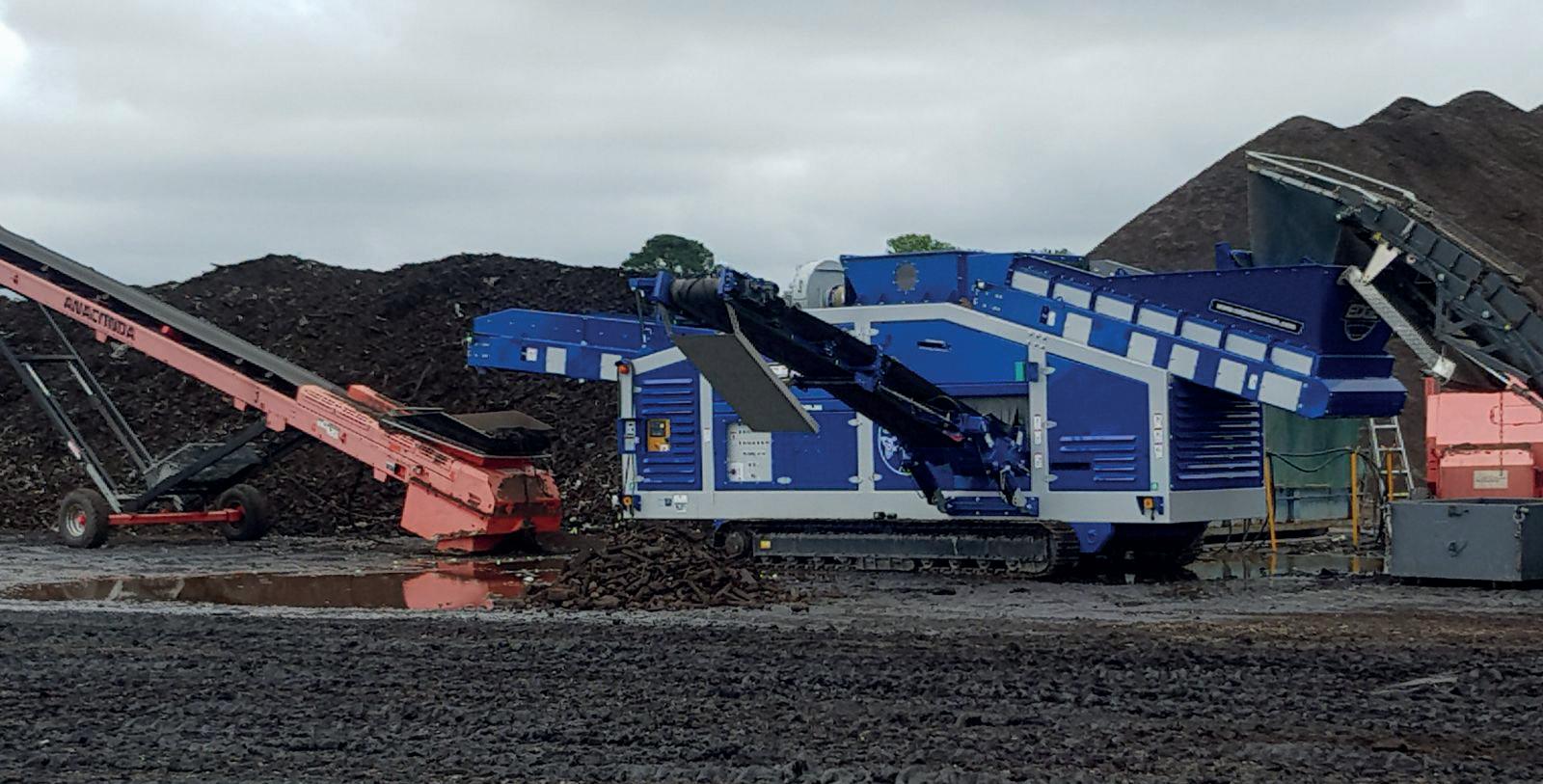
“Two months ago, we decided that we had to free up the hardstand. But the decision came down to selling the product rather than letting it sit on the pad. If we can turn it into a product that we can use and sell right away, instead of letting it sit on our pad for 12 months, that’s cash flow for us.”
“For years within the organic recycling industry the search for a solution to effectively remove light plastics from compost has been the holy grail. The EDGE MC1400 can remove over 98% of these plastics in a single pass,”
The machine was purchased mainly for separating the rocks from green waste and out of the oversize fraction as well as for the extraction of contaminated plastics and papers from the final product.
“The design of the machine, with its large 1400mm opening, and how the actual separator works, best suited our needs as it lets the big rocks drop out whereas another machine I trialled didn’t do that,” Keith explained. The MC1400 is able to extract impurities from highly contaminated material in a single pass using controlled air flow as a separation medium. Contaminated compost overs are first screened before being fed to the MC1400 to be separated into a range of materials, including clean rock, ferrous materials, clean organic fraction, and light fraction.
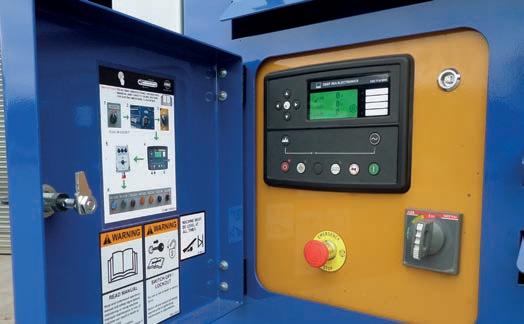
At the same time, plastics are removed to prevent them from re-entering the compost stream. Operators are able to adjust a range of controls, from fan and feed conveyor belt speed, to drum positioning.
Additionally, the machine is fitted with a wide feed conveyor to allow for an even spread of material, which can be fed from existing trommel screens, increasing the efficiency of separation. In being a fully self-contained machine, air flow is better controlled while air depressurisation, dust creation and spillage are minimised.
At present, Green Fingers composts more than 40,000 tonnes of green waste a year. To get through its legacy pile, the company has been running the MC1400 full-time time in October and will continue to do so till the end of November. Now that the machine has been in operation for a few months, Keith is able to reflect on the capital spend and said that based on early figures, he expects a return on investment in four years.
“And that’s purely based on the numbers and selling product to pay off the machine. But there are a lot of other benefits that we’ve not included in this estimate, for instance the space we’ve freed up space on-site and the capacity it gives us,” Keith said. “And if I were to move to an alternative screening solution, I can run the MC1400 off three-phase power, off 415 volts. I won’t need to run the motor because it’s got the ability to plug into power if power becomes a cheaper option,” he added.
MC1400 ROLL SIZER FEATURES:
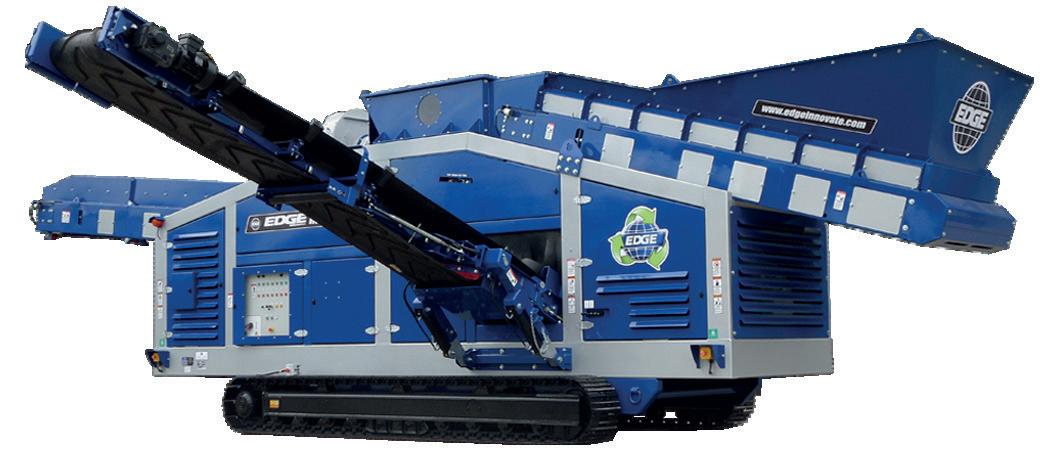
Complete airborne material separation provides superior final products
Vacuum option can be disabled and closed off for applications where light plastics extraction is not required
The extremely wide feed conveyor provides an even spread of material for efficient separation
Enclosed design helps control air flow and minimises air depressurisation whilst minimising dust creation with reduced spillage
Innovative
APPLICATIONS:
• Biomass
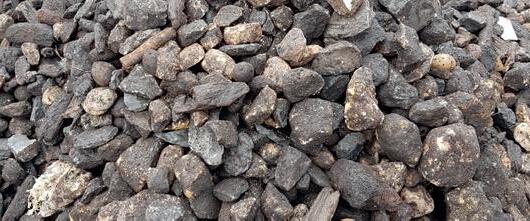
• Compost
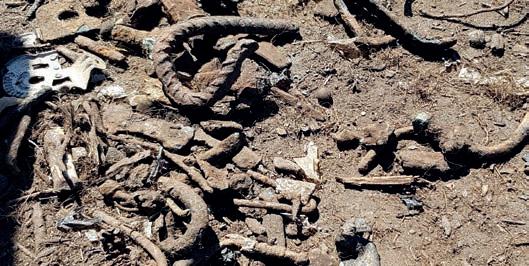
• Construction & Demolition Waste

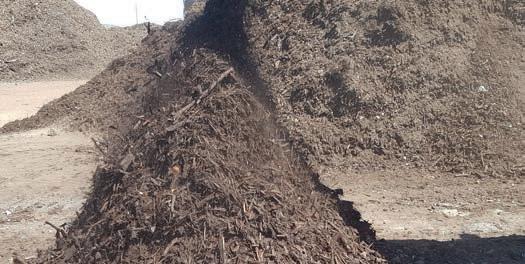
• Mulch

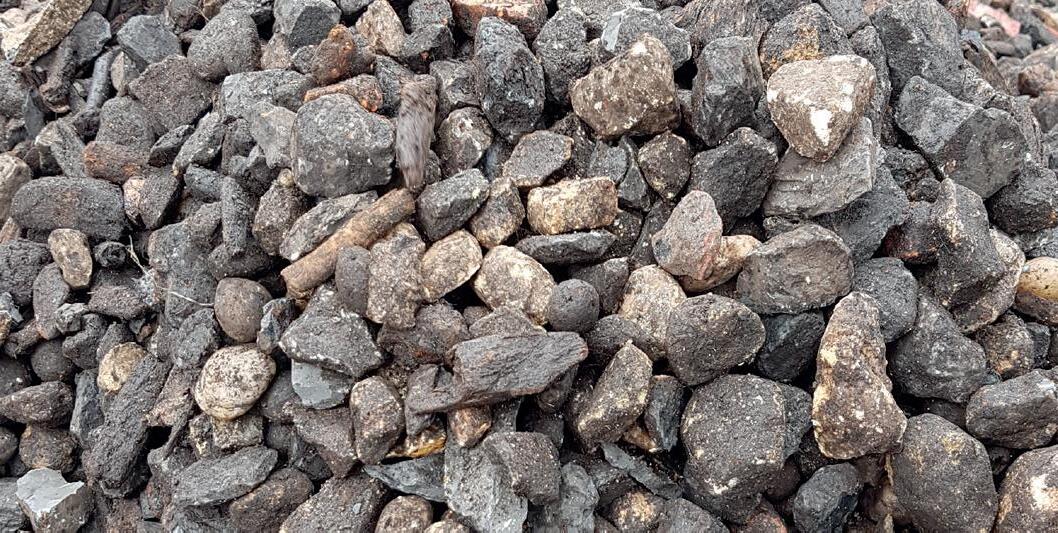
• RDF
• SRF
OPTIONS:
• Track / Semi-trailer / Static chassis format
• Diesel Hydraulic / Diesel Genset / Direct Electric
• Additional magnetic head-drum
• Additional separation stage available
• Wireless remote
• Central auto-lube system
• Air brakes
• Jost landing legs
Leading Biomass Producer Reaps Rewards
McKinstry Skip Hire Ltd, a family owned and operated company with over seventy years’ experience providing excellence in waste management services to both public and private sector customers throughout Northern Ireland have seen real operational benefits when they opted to incorporate an EDGE Slow speed shredder into their biomass production process.
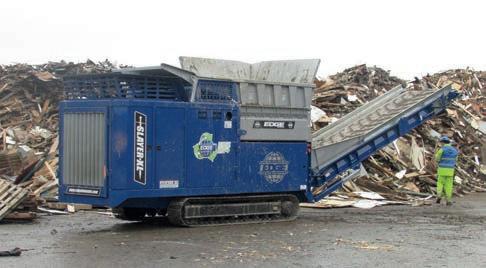
The company founded in 1970 by Mr Albert McKinstry, currently managed by his sons Darren and Mark McKinstry, has grown to now employ an eighty strong workforce at their state of the art Material Recovery Facility (MRF) in Northern Ireland, just a few miles from the Belfast International Airport.
In 2016 McKinstry Skip hire supplied over 50,000 tonnes of P63 grade woodchip to help power the largest renewable energy project in Northern Ireland. Lisahally Combined Heat and Power Station operated by Evermore Renewable Energy is based in County Derry and generates an impressive 15.8 MWe, the equivalent of enough energy to power 25,000 homes.
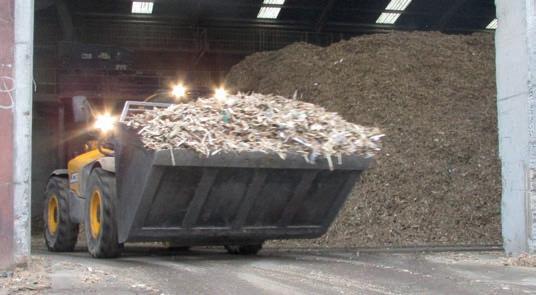
The Old Process
McKinstry’s Skip Hire extract wood mainly from council operated sites around Northern Ireland along with an additional source from Southern Ireland to ensure material supply in periods of any downtime in the industry.
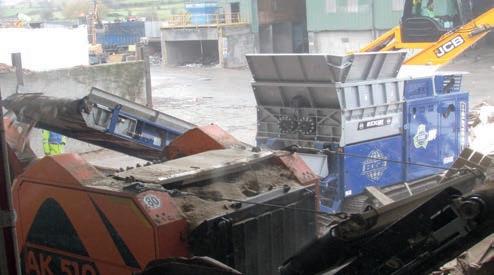
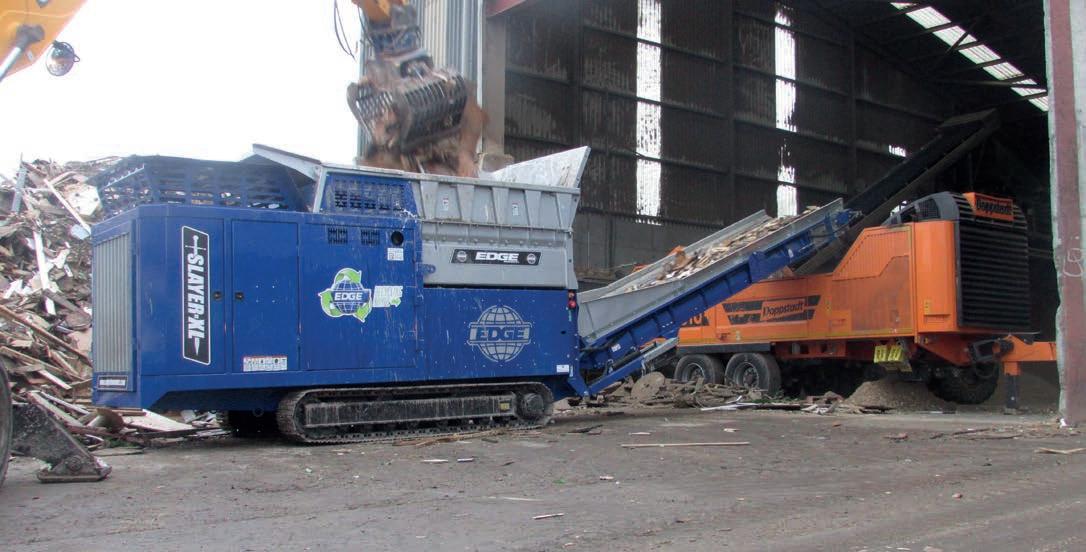
The New Process
In an effort to improve operational efficiency, reduce running costs and improve product quality, McKinstrys Skip Hire turned to EDGE Innovate’s Slayer XL. The new production process sees material go from trailer to the EDGE pre-shredder with minimal pre-sorting to create a uniform piece size product and to remove any non-shreddable contaminants. The material is then fed into a high speed secondary shredder with the finer material passing the series of separation stages.
BENEFITS OF PRE-SHREDDING
With its robust design and massive 80,000Nm of torque combined with intelligent self-protecting operating system, the EDGE Slayer XL provides enhanced protection to their high speed shredder when deploying it as a pre-shredder in front of the high-speed shredder.
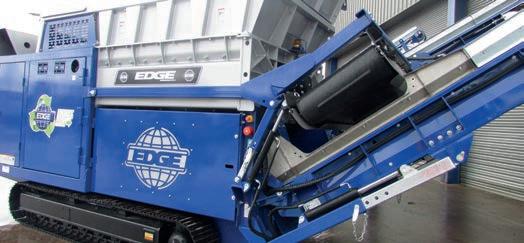
McKinstrys have found that the EDGE Slayer XL’s ability to withstand non-shreddables such a steel bracketry etc. with minimal wear makes the Slayer XL the ideal partner to their high speed grinder by vastly reducing the wear and tear of the high speed shredder tools and cutting down significant downtime associated to non-shreddables reaching the high-speed shredder chamber.
With the non-shreddable products being removed either by the EDGE shredder’s chamber detection system or via its overband magnet, McKinstry’s operators have found higher percentage uptime and improved dependable performance from their secondary shredder. A constant flow of uniformed piece size material provided by the EDGE Slayer has also allowed the high speed grinder to process material much easier; again improving the lifespan of shredder tools and reducing the levels of fuel consumed being recorded.
Superior Product And Enhance Operational Efficiency
Helping to reduce fuel and maintenance costs associated with their high speed grinder is only half the story of the improvements the EDGE Slow speed shredder has brought to the table. Howard Wilson, McKinstry’s Biomass Quality Control Manager explains that the end product is superior to that of material that is simple passed through a high speed grinder. By adding a pre-shred and secondary shred to the production process McKinstry’s Biomass Quality Control Manager has found, via a particle size analysis of mandatory samples taken twice a day to contain a “…significant reduction in oversize particles, samples have fallen well within the 10% limit and the dust level is well under 2%”.
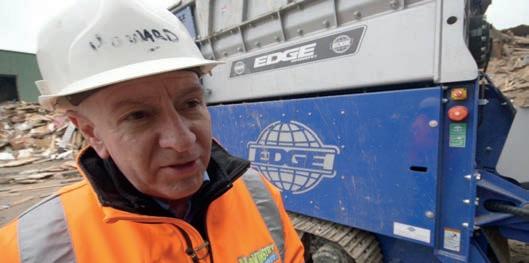
“We have benefited by a large reduction in oversize, which means we have less to re-shred again, by falling within the 10% ratio, there is only a minimum amount of additional shredding on the oversize that saves us man hours, fuel and it saves us maintenance costs on the machinery”
RESULT...
The low level of dust creation can be accredited to a control feed of near size material entering he high speed grinder, with surges of material being eliminated and by the fact that the EDGE Slayer XL has been engineered to run at a lower rotor RPM combined with high torque. It this feature that helps the EDGE manufactured slow speed shredder to produce a final material product with much lower dust percentage.
Howard has also seen an improvement in the production efficiency by incorporating the primary shred into the production process. “We have benefited by a large reduction in oversize, which means we have less to re-shred again, by falling within the 10% ratio, there is only a minimum amount of additional shredding on the oversize that saves us man hours, fuel and it saves us maintenance costs on the machinery”
With tight restrictions placed on suppliers of biomass; reliability, quality and sustainability of material supply are always major concerns.
By incorporating the EDGE Slayer XL slow speed shredder; biomass producers can be assured of improved operation efficiency, higher quality end product with reduced dust and oversize creation combined with a reduction in downtime and maintenance.
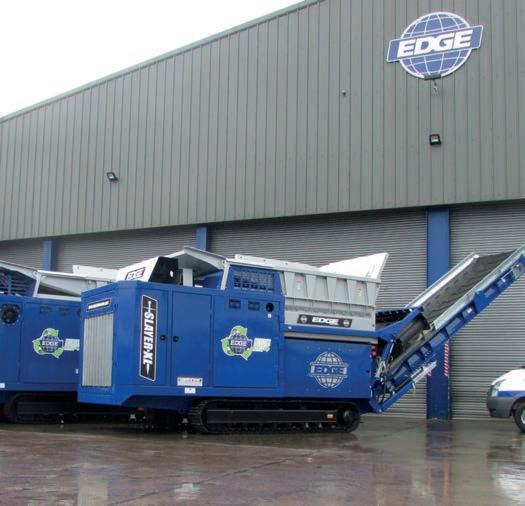

Established in 1956, Bonnysa, is the largest producer and exporter of tomatoes in Spain with crops located in four provinces. In order to manage agricultural waste generated in their greenhouses sustainably, EMSA offered the solution for the shredding of this difficult and bulky waste material via shredding technology from EDGE Innovate.
The equipment in question is the EDGE SLAYER XL. As one of the most versatile products on the market, it can be configured to grind wood, pruning’s, tires, scrap (white goods), cotton yarn, wool, coconut, plastic, paper, cardboard, MSW, logs, etc. In this case the slow speed shredder was configured exclusively for the shredding of pruning residues from vegetable greenhouses and substrate bags, palm and palm wood.
The previous strategy employed by Bonnysa was both inefficient and costly. With the Slayer XL, the waste material is shredded and reduced to 10/12 cm, dried and then sent to a central recovery agri-biomass facility where the treated material is used for heat production. EDGE Innovate’s shredders offered exclusively to the Spanish market by EMSA has great versatility in terms of existing similar equipment in the market, allowing power around two meters and obtaining final product around 10/12 cm.
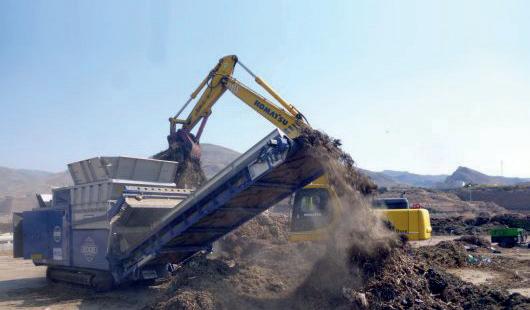
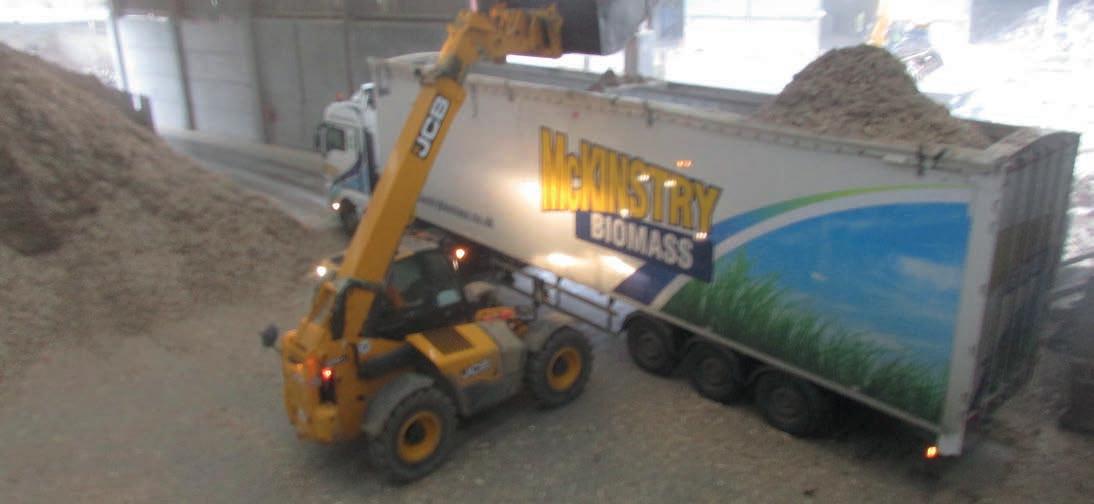
To ensure wear cost, production levels and desired product sizing was retained; EMSA provided full operational training of Bonnysa operators and service personnel during commissioning of the EDGE SLAYER XL.




